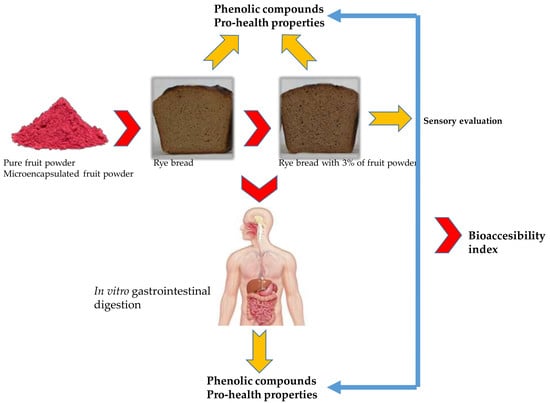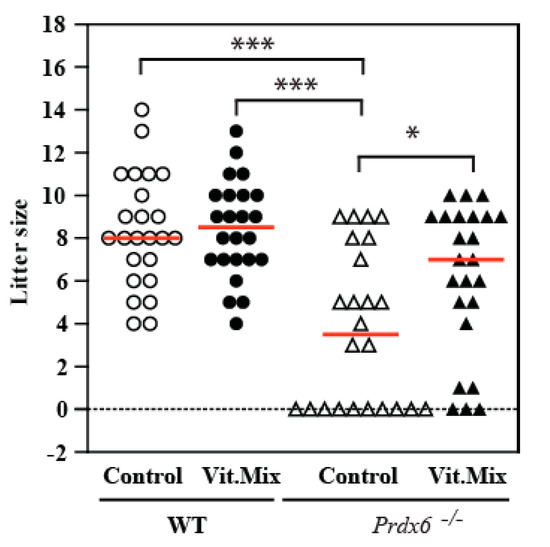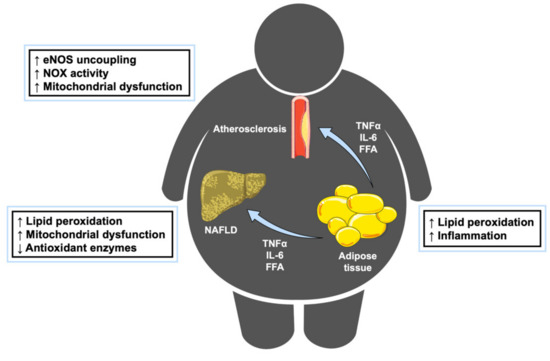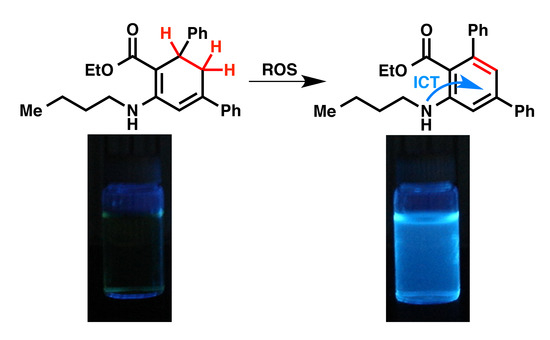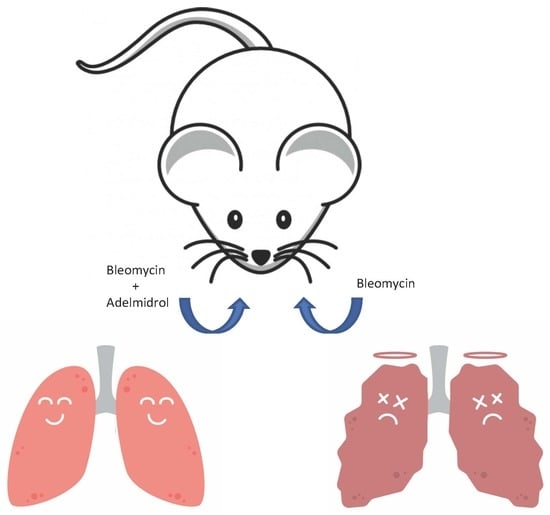Antioxidants 2020, 9(7), 614; https://doi.org/10.3390/antiox9070614 - 13 Jul 2020
Cited by 25 | Viewed by 3793
Abstract
This study established the appropriate amounts of a functional Saskatoon berry fruit powder in fortified rye bread acceptable to consumers and determined the potential relative bioaccesibility of bioactive compounds exhibiting antioxidant activity, and enzymatic in vitro inhibitory activity against lipoxygenase, cyclooxigenase-1, cyclooxigenase-2, acetylcholinesterase,
[...] Read more.
This study established the appropriate amounts of a functional Saskatoon berry fruit powder in fortified rye bread acceptable to consumers and determined the potential relative bioaccesibility of bioactive compounds exhibiting antioxidant activity, and enzymatic in vitro inhibitory activity against lipoxygenase, cyclooxigenase-1, cyclooxigenase-2, acetylcholinesterase, pancreatic lipase α-glucosidase, and α-amylase, as well as the relative digestibility of nutrients. The content of polyphenolic compounds and antioxidant capability were strongly, positively correlated with the content of the functional additive. The highest phenolics content and antioxidant activity were determined in the products enriched with the powders microencapsulated with maltodextrin (an increase by 91% and 53%, respectively, compared with the control). The highest overall acceptability was shown for the products with 3% addition of the functional additive, regardless of its type. The simulated in vitro digestion released phenols (with the highest bioaccessibility shown for anthocyanins) and enhanced the antioxidant activity of rye bread. In turn, the microencapsulation contributed to the improvement in the relative bioaccesibility of antioxidant compounds. Bread fortification led to an increased inhibitory activity against α-amylase, α-glucosidase, and lipoxygenase. Furthermore, the additive microencapsulated with maltodextrin and inulin improved the capacity to inhibit the activities of pancreatic lipase and cyclooxigenase-2. The results presented allowed concluding that the powders from Saskatoon berry fruits, especially microencapsulated ones, may be a promising functional additive dedicated for the enrichment of rye bread.
Full article
(This article belongs to the Special Issue Antioxidants in Foods)
►
Show Figures
